Bloody hateful arrogant Japs.
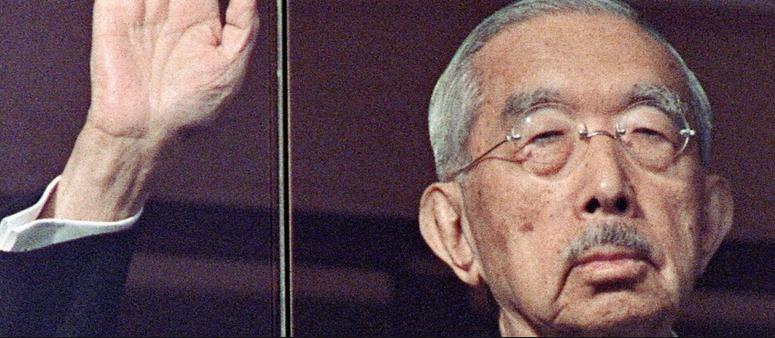
This backward race’s imperialist ambitions of world domination in the 1940s resulted in 8274 Australians killed in action, another 1196 Aussies subsequently dying of wounds, 8031 of us dying in cruel Japanese POW camps, 13997 wounded and injured in action, and 14345 repatriated but most returning home to a nightmare life of war trauma.
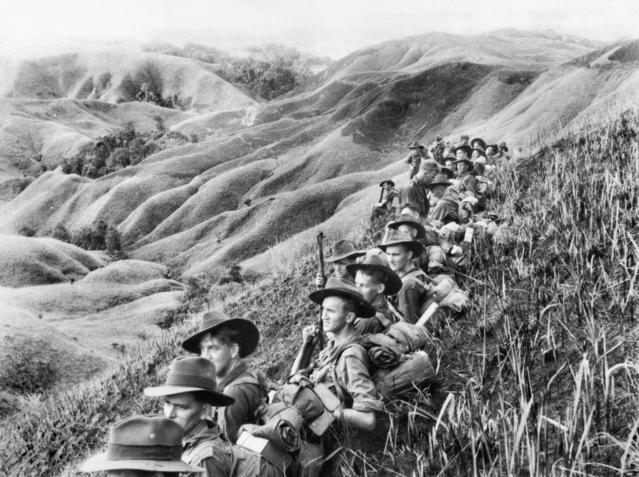
How dare the Japs try to invade us and cause such massive loss of life and cast absolute fear into the hearts of Australians at home!
Lest we forget.
Despite propaganda lies by leftist historians to appease Japs these days, Imperial Japan always intended to invade the Australian mainland to colonise us and seize our land and resource wealth. It started with a strategy of isolating Australia from America’s might by seeking to capture Port Moresby in New Guinea and the Solomon Islands, Fiji, Samoa and New Caledonia.
Sacrifices by Australian and Allied forces in the Battle of the Coral Sea, Kokoda and Buna-Gona successfully stopped the Japanese invasion plan and saved Australia from becoming a Japanese colony of White slaves.
August 15 is VJ Day, standing for Victory Over Japan Day. It is the day when the initial announcement of Japan’s surrender was made on August 15, 1945. Japanese total and unconditional surrender documents were finally signed by Japs aboard the American USS Missouri battleship on September 2, 1945. Instantly the Pacific War ended as in fact did the Second World War since the Victory in Europe (VE Day) happened on May 9 after Germany surrendered following Hitler’s suicide and its capital Berlin falling to the Soviet Union forces.
VJ Day serves as an important reminder of the years that have passed since Australia was threatened by invasion by imperialist Japan and notably the devastating conflicts of the Fall of Singapore, the Bombing of Darwin, the invasion of New Guinea (Kokoda), the sinking of HMAS Canberra,. There were many battles Australian’s fight to stop the Japs and these need tobe taught in Australian schools these days.
Battles against the invading Japs:
- Battle of Rabaul
- Battle of Malaya
- Battle of Singapore
- Battle of the Coral Sea
- Battle of Midway
- Battle of Muar
- Netherlands East Indies
- Bismarck Archipelago
- Solomon Islands
- Bombing of Darwin (and other Australian ports)
- Koepang in West Timor
- Dili in neutral Portuguese East Timor
- Battle of the Java Sea
- Battle of Ceylon
- Battle of the Bismarck Sea
- Battle of New Guinea
- Battle of Savo Island
- Battle of Cape Gloucester
- Battle of Leyte Gulf
- Battle of Surigao Strait
- Battle of Okinawa
- and many counter campaigns – New Guinea, Aitape-Wewak, Borneo, Bougainville, Solomons, etc.
It was reassuring that 231 of the scum were mowed down at the Cowra Breakout 5 August 5 in 1944.
The eventual surrender of Imperial Japan was announced on August 15 and formally signed on September 2, 1945, brought Japanese hostilities and dream of world domination to an end.
But it took two nuclear bombs to convince the stubborn barbarians.
On August 6, 1945, thanks to our allies, an American B-29 bomber ‘Enola Gay’ dropped the world’s first deployed atomic bomb over the Japanese city of Hiroshima. The explosion wiped out 90 percent of the city and immediately killed 80,000 Japs; tens of thousands more would later die of radiation exposure. Three days later, a second B-29 dropped ‘Bockscar’ another A-bomb on Nagasaki, killing an estimated 40,000 Japs.

Japan’s Emperor Hirohito announced his country’s unconditional surrender in World War II in a radio address on August 15, citing the devastating power of “a new and most cruel bomb.”
It partly made up for his race’s cruel horrific treatment of our own in battle and as prisoners of war.
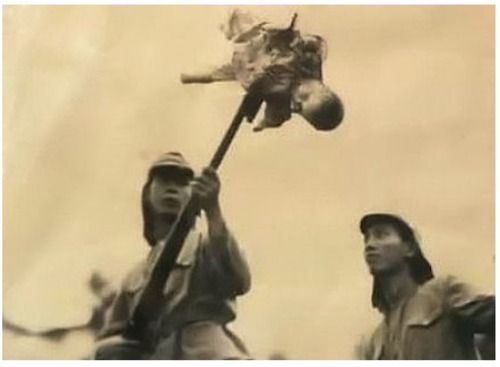
America had only just first successfully tested the first atomic bomb on July 16 a month prior in the Los Alamos desert in New Mexico in its secret joint Manhattan Project with allies Canada and Britain.
In hindsight, that test could have been better practiced over the Imperial palace in Tokyo, while still proceeding with payback on Hiroshima and Nagasaki.
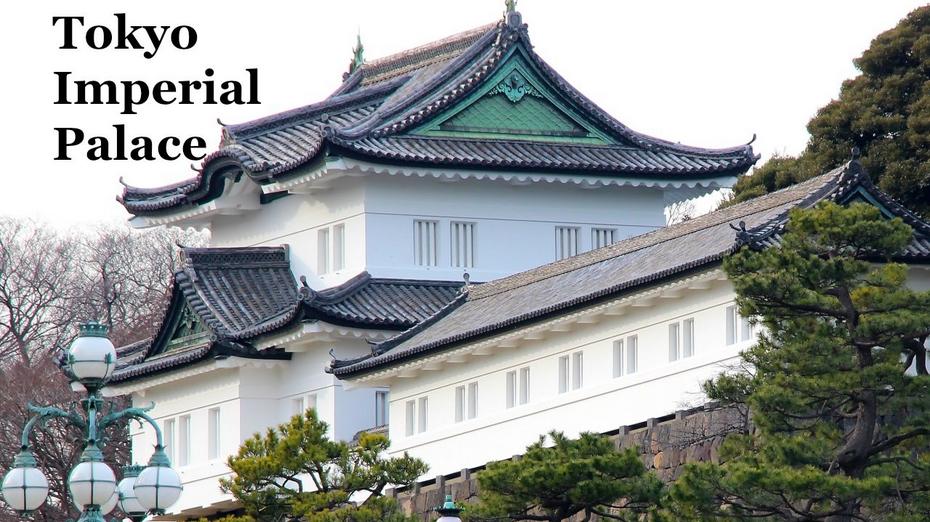
Plus while the Enola Gay and Bockscar were on a roll, they could have delivered a ‘kingdom-come’ – genocidal payback on Osaka, Kyoto, Nagoya, Kanazawa, Yokohama, Wakayama, Sendai, and Tokushima. If the Japs had been reduced to 1% their number, then the massive cost of reparations could have been better redirected to the nations they had attacked, like Australia.
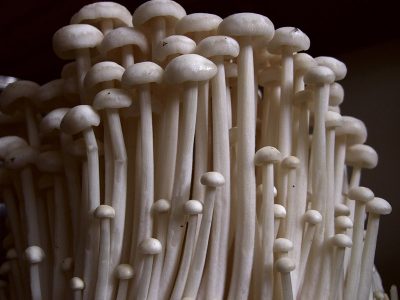
Operation Tofugu could have been a final solution to the Japanese problem